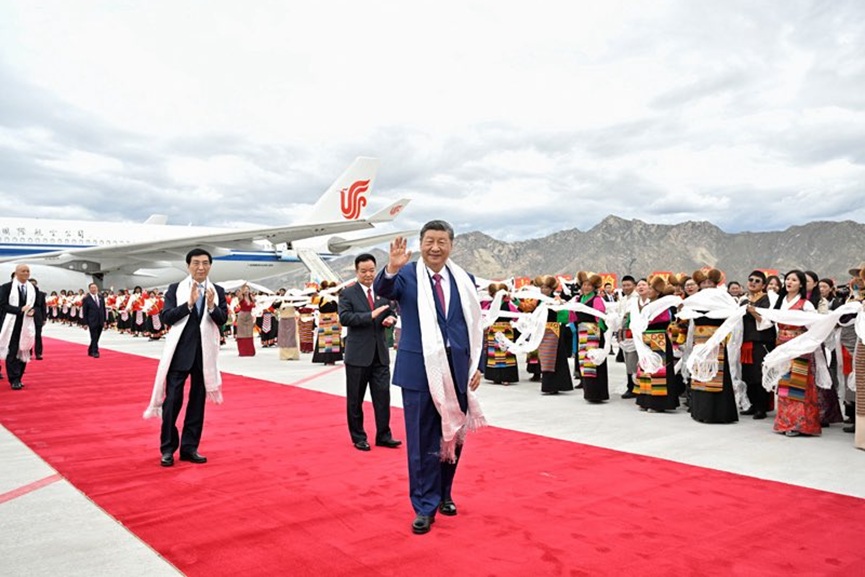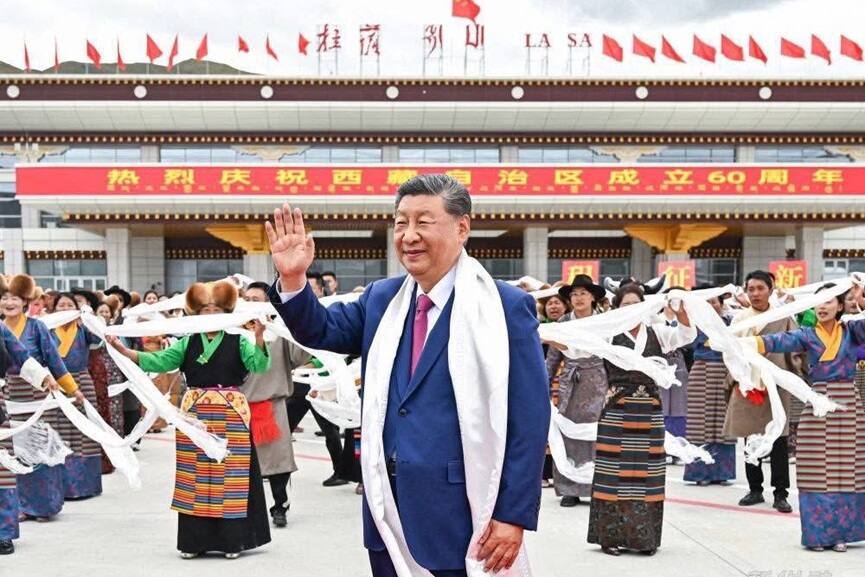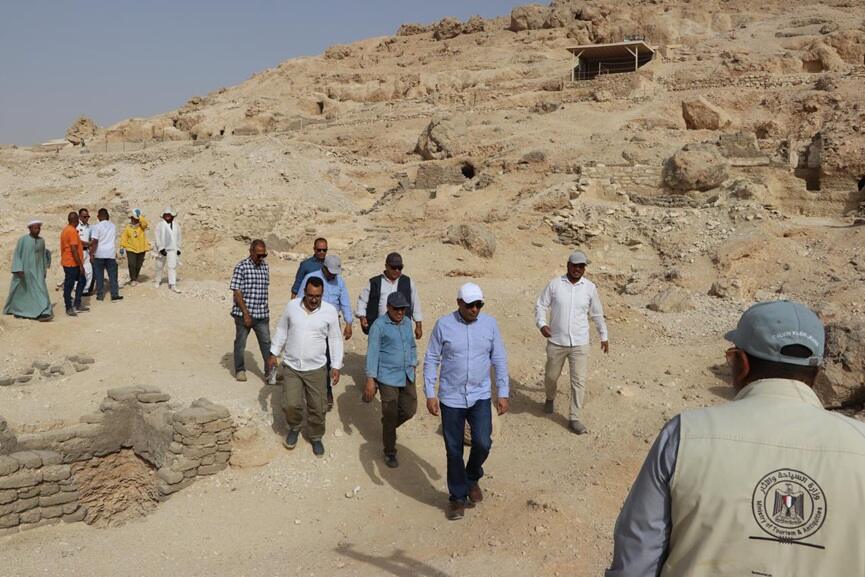Lhasa: Chinese President Xi Jinping made a surprise visit to Tibet, appearing before an estimated 20,000 people in Lhasa to mark the 60th anniversary of the establishment of the Tibet Autonomous Region.
The visit, only his second presidential trip to the region, underscores Beijing’s emphasis on political control, stability, and economic development in Tibet.
During his speech, Xi praised local authorities for “engaging in a thorough struggle against separatism,” a reference to Tibet’s decades-long resistance to Chinese rule. He stressed the importance of “political stability, social stability, ethnic unity and religious harmony” as prerequisites for governing, stabilising, and developing the region, according to official state media reports.
The president’s remarks did not mention the Dalai Lama, the Tibetan spiritual leader who has lived in exile in India since 1959. Earlier this year, the 90-year-old Dalai Lama announced that his office, not China, would select his successor. Beijing, however, claims that only it has authority over the appointment.

While Chinese authorities maintain that Tibetans are free to practice their religion and highlight improved living standards under CCP rule, human rights groups and Tibetan monks have reported restrictions on religious and cultural freedoms.
Xi’s visit included meetings with local authorities and senior CCP leaders, during which he encouraged economic, cultural, and personnel exchanges between Tibet and the rest of China. He also promoted the teaching of Mandarin in schools and called for guiding Tibetan Buddhism to adapt to a socialist society.
State media highlighted the president’s four major objectives for the region: ensuring stability, facilitating development, protecting the environment, and strengthening borders.
The visit follows the recent commencement of construction on the Motuo Hydropower Station, which, when completed, will be the world’s largest dam. Located on the Yarlung Tsangpo river, the $167 billion project aims to boost local prosperity while prioritising ecological protection, according to Beijing.
Experts have raised concerns about the dam’s transboundary impact, as the river flows into India’s Arunachal Pradesh and Assam states and then into Bangladesh, feeding the Siang, Brahmaputra, and Jamuna rivers.


























